The Bulgarian Numismatic Journal (BulgNJ, ISSN 2815-4827) is an open-access peer-reviewed edition. It is the first e-journal for numismatics in Bulgaria and the neighbouring region, offering exclusive online content to its authors and readers.
The journal is aiming to advance the numismatic research focused on the region of the Balkan Peninsula and Southeastern Europe, where Bulgarian lands build the natural geographic core. Its mission is to popularise the numismatic research on coinages from the Antiquity and the Middle Ages up to the modern era, providing a free accessible online platform, in accordance with high-quality scientific and publication standards.
The addressed topics involve the whole diversity of the numismatic spectrum: coin minting and circulation, economy, trade, finances, traditional and new methodologies in numismatic studies, archaeometric studies on coins, digital numismatics, cultural heritage preservation, new coin finds, coin forgeries, etc.
First Bulgarian Numismatic Readings (BulgNR)
Vol. 1 No. 1 (2023)All contributions in the current volume have been presented during the international conference "First Bulgarian Numismatic Readings (BulgNR)", 10-12 November 2020
First Bulgarian Numismatic Readings (BulgNR)
Vol. 1 No. 2 (2023)All contributions in the current volume have been presented during the international conference "First Bulgarian Numismatic Readings (BulgNR)", 10-12 November 2020
First Bulgarian Numismatic Readings (BulgNR)
Vol. 2 No. 1 (2024)All contributions in the current volume have been presented during the international conference "First Bulgarian Numismatic Readings (BulgNR)", 10-12 November 2020
Bulgarian Numismatic Journal (BulgNJ)
Vol. 2 No. 2 (2024)Articles
See AWOL's full List of Open Access Journals in Ancient Studies



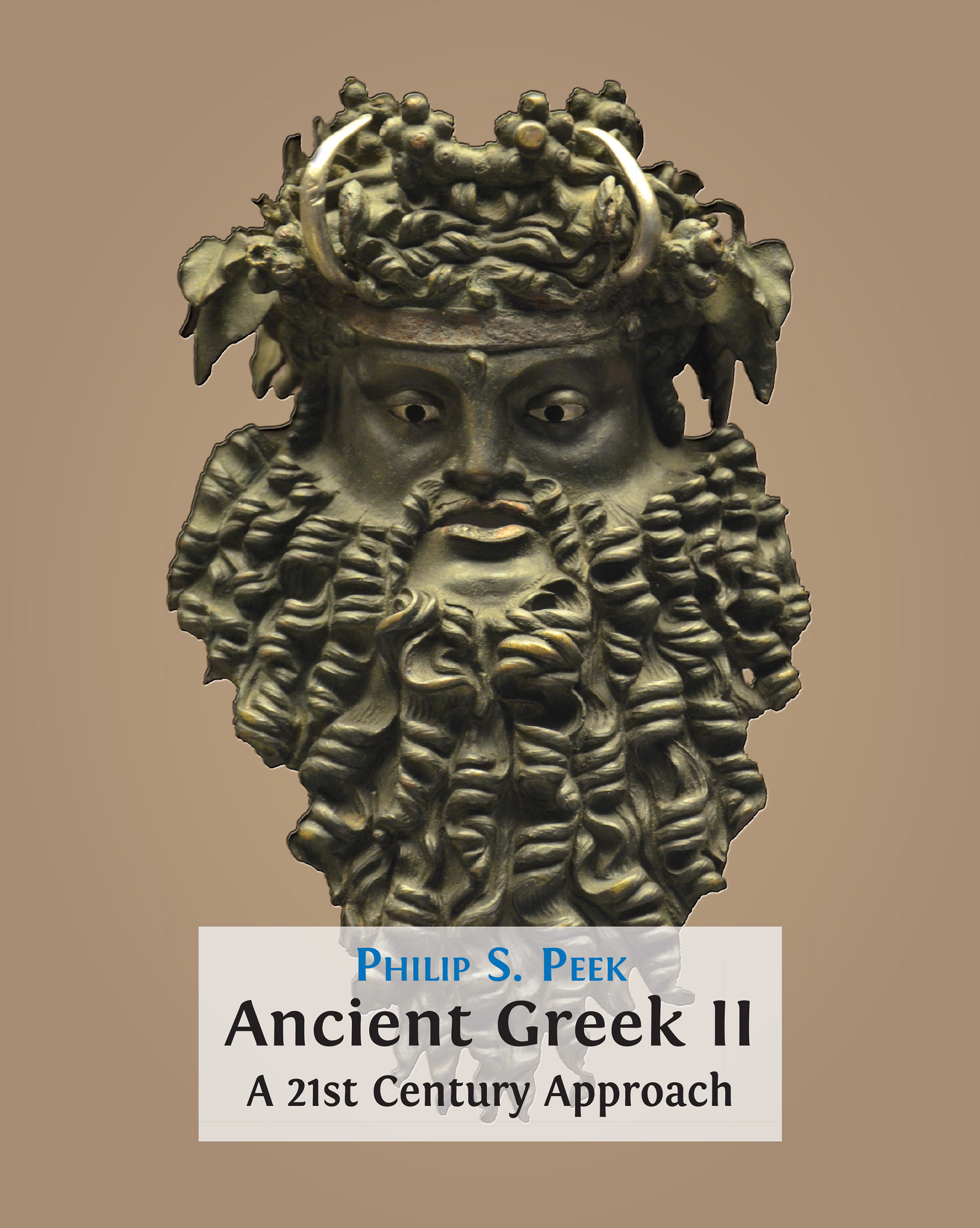
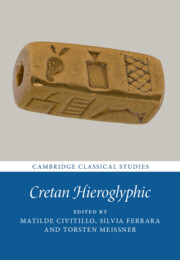

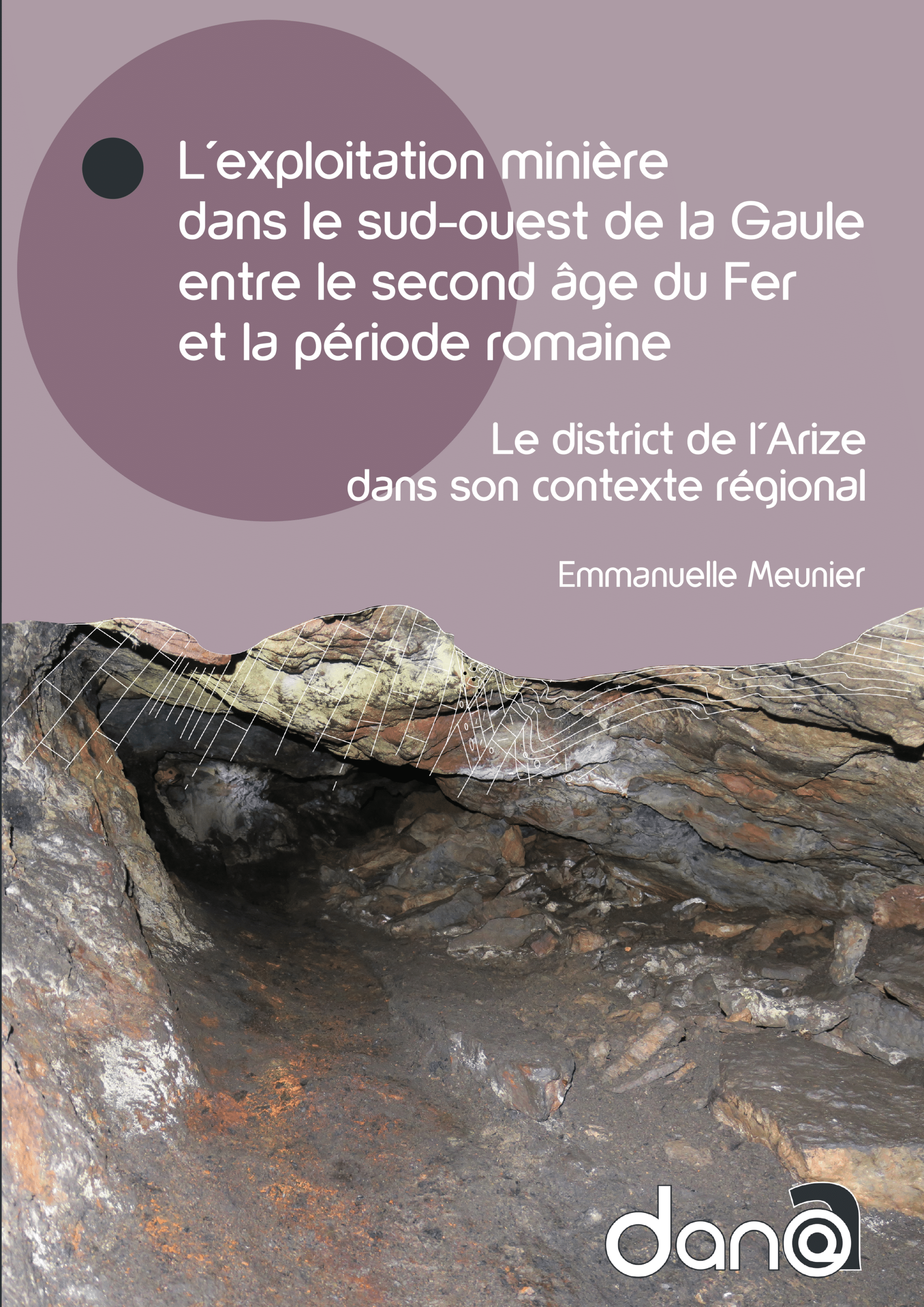





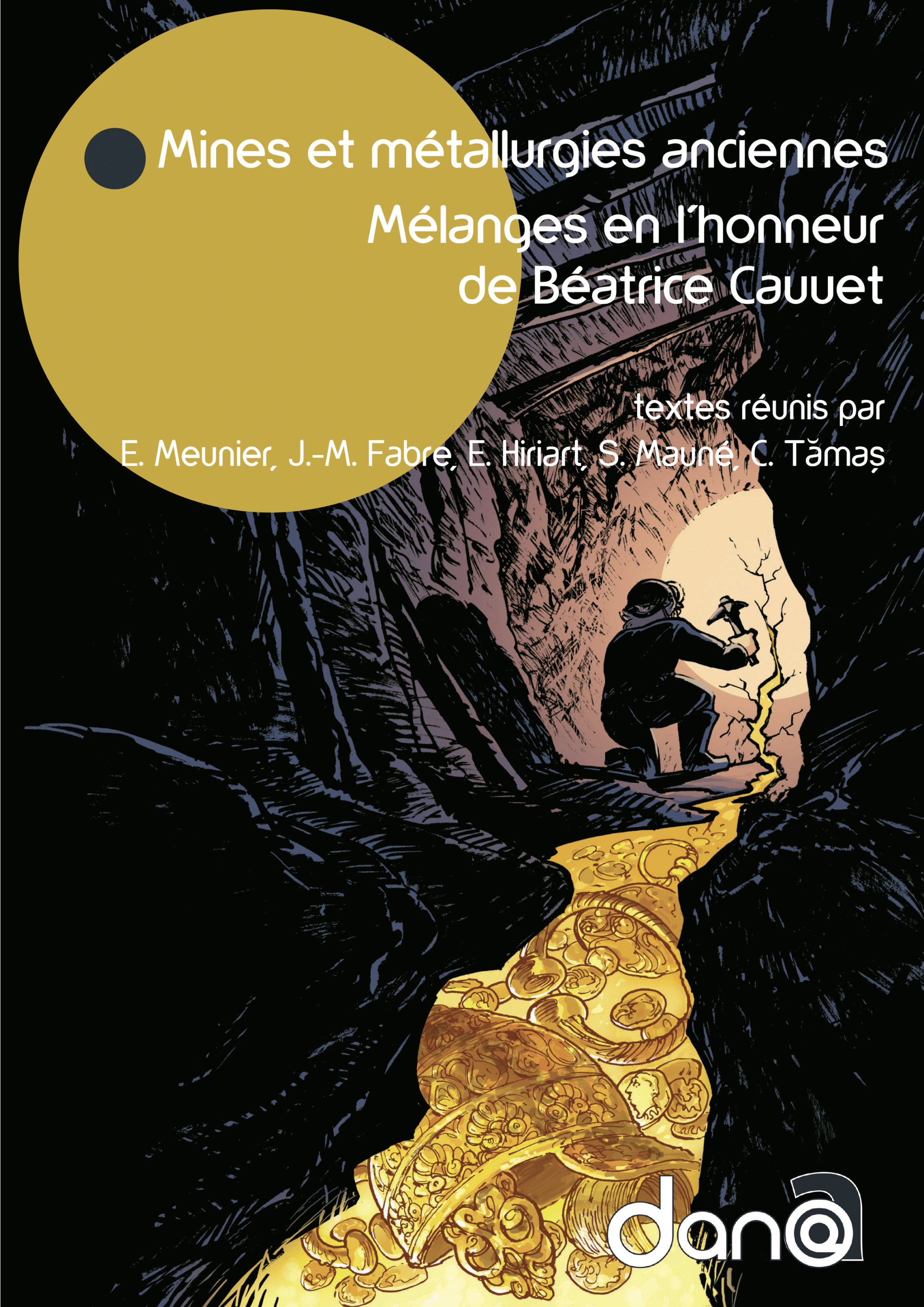
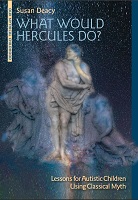
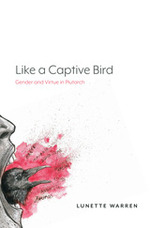











 Stumble It!
Stumble It!
